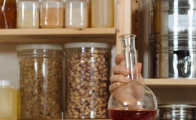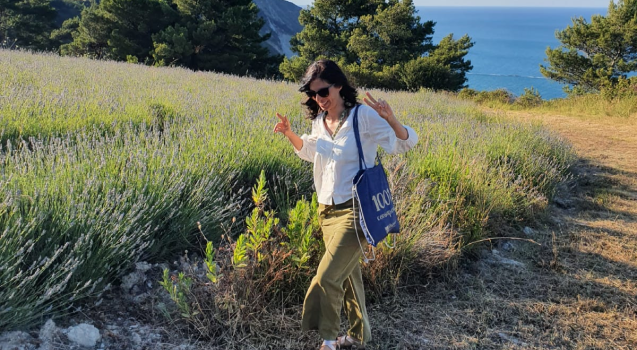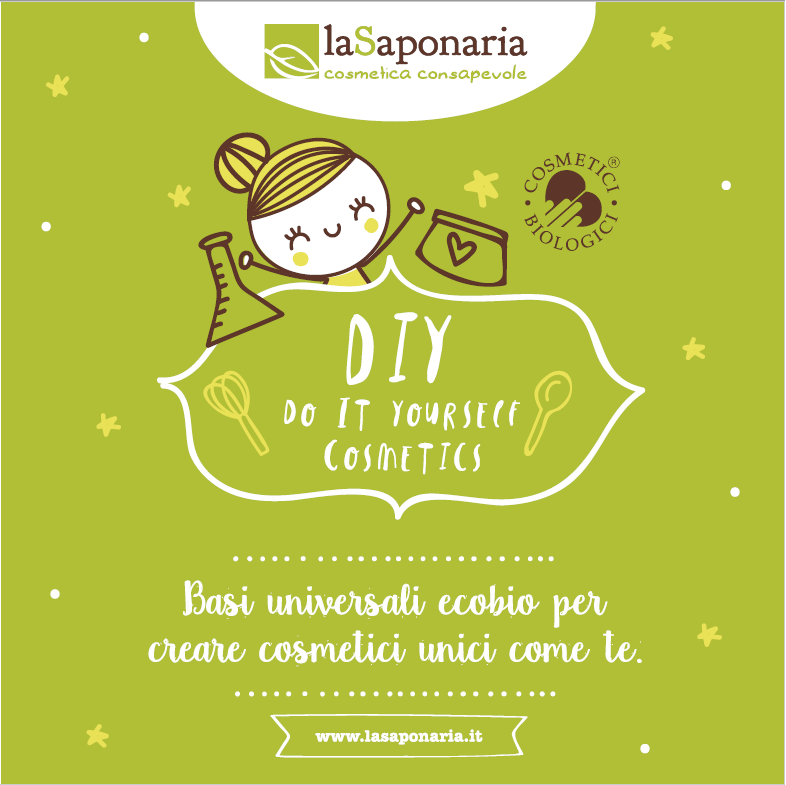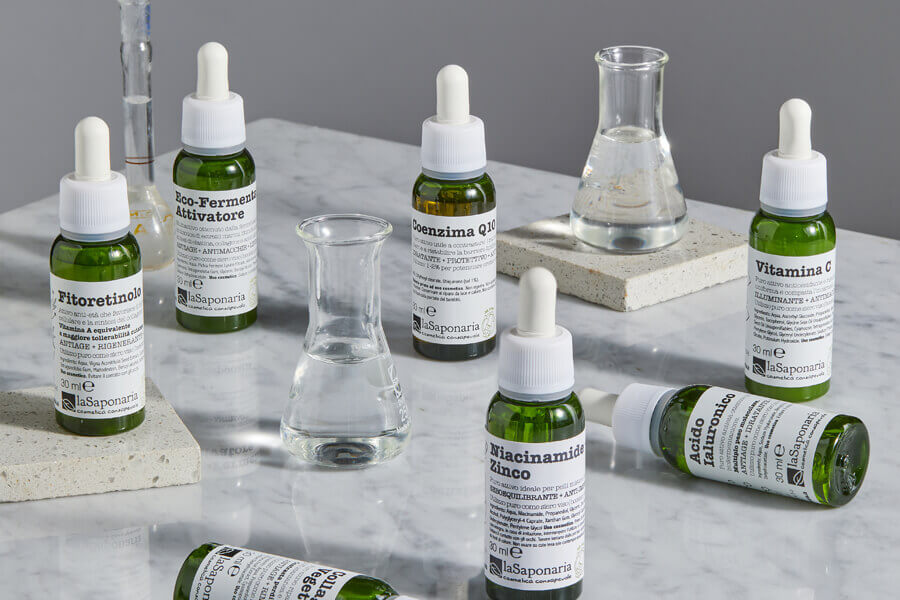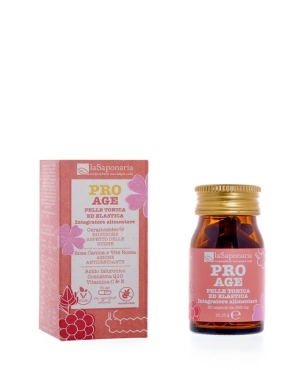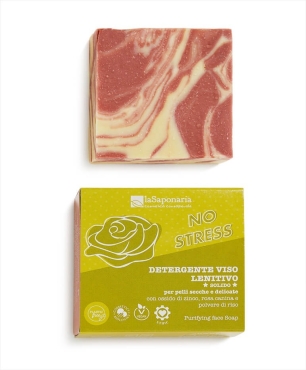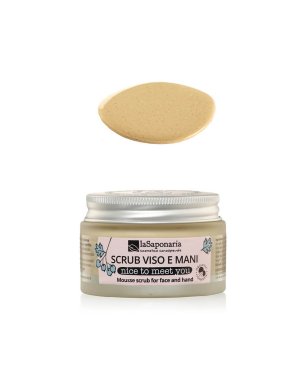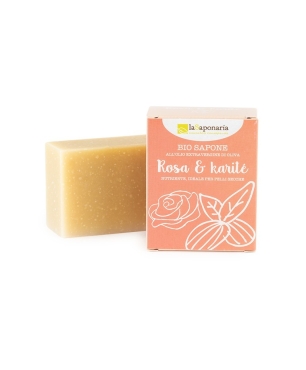Rosehip

INCI NAME:
Rosa Canina Fruit Extract
ORIGIN:
Vegetal
FUNCTION:
Antioxidant, regenerating, anti-aging
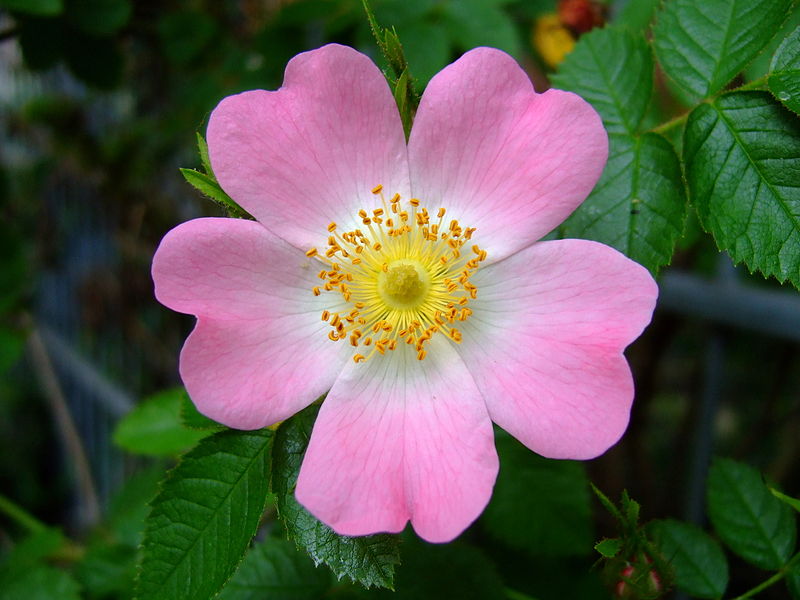
This is an automatic translation
Rosehip is a perennial plant belonging to the Rosaceae family, native to Asia and Europe, very common in the wild.
The leaves are composed of 5-7 oval or elliptical leaflets with toothed margins (simple teeth). The pinkish flowers have large petals and are not very fragrant. It flowers in May and June. The berries represent "false fruits" called "cynorrhoids", containing the achenes which are the real fruits, yellow in color and covered with a thin down. The name "canine" has remote origins: in ancient times, in fact, the roots of this shrub were used in a decoction as an effective remedy in the treatment of rabies, caused by the bite of an infected dog.
Rosehips are a source of vitamin C (in fact they contain 50% more than oranges), which helps strengthen our immune system and improve skin. Vitamin C, in fact, activates the production of collagen which keeps the skin elastic and young and facilitates the non-appearance of spots.
The most used formulations in cosmetics see the use of rosehip in the form of oil: the astringent properties of rosehip oil are a precious addition in cosmetic preparations. It also seems to have a regenerating effect on the skin, thanks to the presence of Vitamin A.
Thanks to the content of carotenoids and antioxidants, various cosmetic products can be prepared with rose hips, such as anti-aging products and moisturizing creams for the care of dry and mature skin.
Furthermore, thanks to the delicate scent, the Rosehip is also used in the preparation of lotions and perfumed waters for the body.
Ethical chain
We entrust the collection and processing of the rosehip extract present in our products to Herbartem, a small artisan laboratory in Macerata that deals with the production of plant extracts starting from spontaneous vegetable raw material or from organic farming. The collection environment is located in the neighboring areas of the Monti Sibillini National Park, where there are more than 1,800 species of flora. These places, between 800 and 1600 m, are far from large industrial complexes and therefore offer an uncontaminated environment rich in medicinal species. The collection of wild herbs requires good botanical knowledge and an ecological spirit, in order not to alter the habitat with a massive collection. The aim is to obtain high quality macerates free from contaminants.
The herbal preparations are prepared with accuracy and scientific rigor by two young graduates in Herbal Techniques, to guarantee the presence of the active ingredients inside the plants while preserving their therapeutic functionality in the best possible way.



